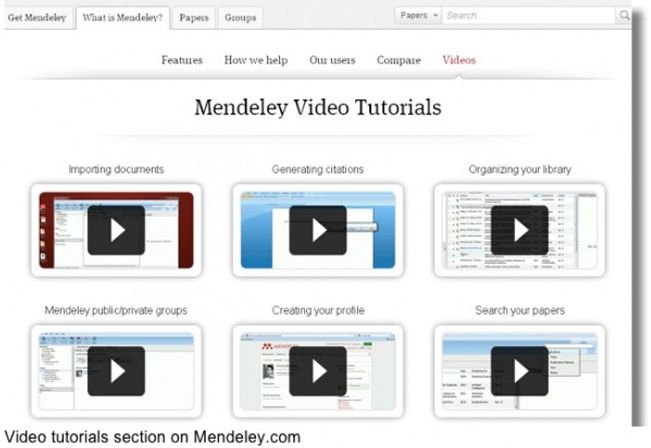Why Content Marketers Need to be Involved in Website Redesigns
- Fahad H

- Jul 12, 2012
- 3 min read
For some years now, SEOs have been making their case for early involvement in the web design process. Fed up with getting asked to “SEO” sites after all the big decisions have been made, the search crowd has produced a stream of blog posts, white papers, and wireframe templates to secure their place at the table from the outset.
In an age where more and more businesses are looking at content to fuel their online marketing activities, it’s time for content marketers to make a similar push. Whether it’s a funky new website or an overhaul of an existing site, the content strategy should be getting discussed from day one.
If you’re responsible for a major build or redesign job, here are three valuable contributions content marketers can make — if you get them involved from the beginning of the process.
No content, no SEO
Have early discussions about site structure and scalability, so your content can really drive your SEO. My subhead is obviously unfair on the better SEOs, who have long since broadened their skills and expertise (morphing into fully-fledged online marketing consultants), but content — and more importantly, content strategy — can make a massive difference to the success of your search campaign.
Truly effective link building, for example, is much easier when you have relevant and useful content on your site for people to link to. The same goes for attracting natural links. Early discussions about the site’s structure and user journey, specifically with the content in mind, will ensure that valuable pages with good conversion potential get found more often.
An appropriate content strategy will also support your SEO efforts by providing relevant pages that can win more of your target searches and convert and monetize your traffic. Getting your editorial calendar and keyword strategy on the table early will at least ensure that the site structure and layout is set up for scalable site growth.
Content + context
Maintain a clear focus on the functionality required to leverage tailored content and drive conversions. One of the most compelling benefits that a good content strategy can deliver for your website is to put your conversions in context. All website owners should have a clear focus on what they want visitors to their site to do. There needs to be a measurable conversion opportunity (an email sign-up, a form completion, a download, etc.) on every page.
To boost your chances of achieving that conversion, you need to align your content strategy with the action you want your audience to take. A general inquiry button is much less compelling than an inquiry button directly related to the page your visitor has landed on. If the conversion is a natural next step, they’re more likely to take it.

In this example, a call-to-action about obtaining a credit report has been pulled into an article about boosting your credit score. This makes the conversion a natural next step for the reader.

Here, an infographic is being used as a hook to encourage visitors to download a white paper on the same subject.
If a content marketer is present at the early design stage, you can ensure that the functionality to support customized calls-to-action is in place. The same applies to the linking between your pages. The ability to pull in links to related pages — a helpful how-to on a product page or a white paper download on a related blog post, for example — can be really useful and something your content marketer can champion.
Content assets
Broaden the scope of the site with compelling content ideas. Website builds and redesigns are rarely short of great ideas, even if they can sometimes get watered down when the hard reality of budgets and technical limitations take hold. But you can never have too many great ideas, which is my third and final reason for tapping into the expertise of a content marketer early on in the process.
Your content specialist can bring a lot to the table in this regard. This could be some editorial material (e.g., a blog, case studies, features, interviews, white papers, landing pages, how-to guides, FAQs) or other content assets (e.g., a video library, an image gallery, a dedicated infographics section).
The more obvious stuff, like a company blog, is likely to get raised anyway, but some of the more unusual types of content might be a great fit for your business and really help with what you’re trying to achieve through your website. If you have a content marketer there from the outset to help you develop some compelling content options, you can ensure that the site design, architecture, and functionality are all up to the challenge.


Want more content marketing inspiration? Download our ultimate eBook with 100 content marketing examples.








Comments